Litmus paper is a staple of our company. It was the first test paper we made back in 1932, and it’s one we still make today. And trust us when we tell you, we make a lot of it! Litmus paper is a pretty easy and straightforward pH test. It is somewhat limited in its capabilities in the sense that it cannot give you an exact pH value.
We have two types of pH tests, what we call qualitative and quantitative. Qualitative test strips don’t give you an exact value, but rather a range. Examples of qualitative test strips include the litmus paper and universal pH paper. Quantitative test strips, on the other hand, do give you an exact value. Examples include our pH 1-14 test strip, or generally, any of our test strips where the paper test pad is applied to a plastic strip.
So what does litmus paper tell you? Well, Blue Litmus paper determines if something is acidic. It turns red in solutions with a pH less than 7. Red Litmus paper determines if something is alkaline. It turns blue in solutions with a pH greater than 7. Neutral Litmus paper can go either way. It hits all ends of the spectrum, turning red in acidic solutions, blue in alkaline solutions, or no color change in neutral solutions.
Fast, Easy Experiments
Litmus paper is most commonly used in educational environments when students are first learning about acids, bases, and the pH scale. Here are a few easy and quick tests to perform with litmus paper.
Acids
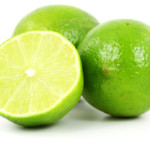 Supplies:
Supplies:
-
-
-
-
- 3 Plastic cups or small beakers
- Lime Juice, Lemon Juice, & Vinegar
- 3 Blue Litmus paper strips
-
-
-
Instructions:
- Measure and pour 10-20 mL of each liquid (lime juice, lemon juice, and vinegar) into each cup (one liquid per cup).
- Using one strip of litmus paper per liquid, dip the strip into the liquid and remove. Litmus paper is not reusable, so you will need a different strip for each liquid.
- The Blue Litmus paper should turn red in each of these liquids. The three liquids are mildly acidic. You will find them on the lower end of the pH scale. Vinegar has a pH of about 3, and lemon and lime juice have a pH of about 2.
- Did you notice if the lemon and lime juice changed the paper to a darker shade of red than the vinegar? Litmus paper does turn a slightly darker shade as you get farther and farther from a neutral pH.
- If you want to add another step as a “double-check”, try dipping a strip of Red Litmus paper into each solution. There should be no color change.
Bases
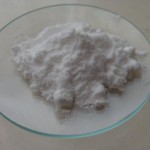 Supplies:
Supplies:
-
-
-
-
- 3 Plastic cups or small beakers
- Distilled water
- Sodium bicarbonate (baking soda)
- Borax soap
- Household ammonia
- 3 Red Litmus paper strips
-
-
-
Instructions:
- Fill two of the clean cups halfway with distilled water.
- Add 1-2 grams of sodium bicarbonate to one cup. Swirl the cup until the powder dissolves.
- Add 1-2 grams of borax soap to the other cup. Swirl the cup until the powder dissolves.
- In the third cup, add 10-20 mL of household ammonia.
- Using one strip of Red Litmus paper per liquid, dip the strip into the liquid and remove. Again, it is important to use a different strip for each liquid.
- The Red Litmus paper should turn blue in each of these liquids. The three liquids are mildly alkaline. You will find them on the higher end of the pH scale. Sodium bicarbonate has an approximate pH of 8, borax a pH of 9, and ammonia a pH of 11.
- Did you notice if the paper turned a darker blue when dipped into the solutions with a higher pH?
- If you want to add another step as a “double-check”, try dipping a strip of Blue Litmus paper into each solution. There should be no color change.
Neutral Solutions
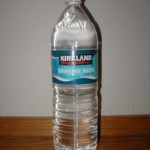 Supplies:
Supplies:
-
-
-
-
- 2 Plastic cups or small beakers
- Distilled water
- Table salt
- 2 Strips of any litmus paper
-
-
-
Instructions:
- Fill 2 clean cups halfway with distilled water.
- Add 1-2 grams of table salt to one of the cups. Swirl until dissolved.
- Using one piece of litmus paper per liquid, dip a strip into each solution and remove.
- Regardless of the litmus paper used (red, blue or neutral), you should not see any color change. Both distilled water and saltwater have a neutral pH of 7.
Neutralizing Reactions
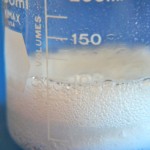 Supplies:
Supplies:
-
-
-
-
- 2 Plastic cups or small beakers
- Lemon or lime juice, or vinegar
- Distilled water
- Borax or sodium bicarbonate (baking soda)
- Eye dropper
- Blue Litmus paper
-
-
-
Instructions:
- Fill one clean cup halfway with an acidic juice (lemon, lime or vinegar). We’ll call this Solution A.
- Fill the other cup half way with distilled water.
- Add a few grams of borax or sodium bicarbonate to the distilled water and swirl to dissolve. We’ll call this Solution B.
- Using an eye dropper, add a few drops of Solution B to Solution A. Using a piece of Blue Litmus paper, test the solution.
- Add a few more drops of Solution B to Solution A, and test with another strip. Continue to repeat this process.
- Lay each strip down next to the previous strip as you continue testing. You should notice the strips are gradually lightening in the color change (becoming a lighter and lighter red).
- Eventually, the strip should have no color change at all. This is because you were neutralizing the acid by gradually adding a base.
That’s it! Those are just a few easy, basic pH tests using litmus paper and a few supplies. These are tests you can easily perform at home with supplies you probably already have lying around the house. If you want to get more creative, find out what pH some of your other household items are, and add them to the test!




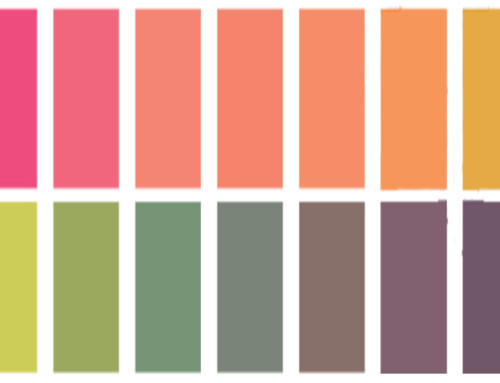

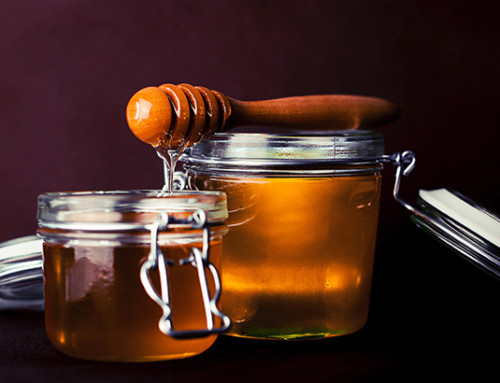
Leave A Comment